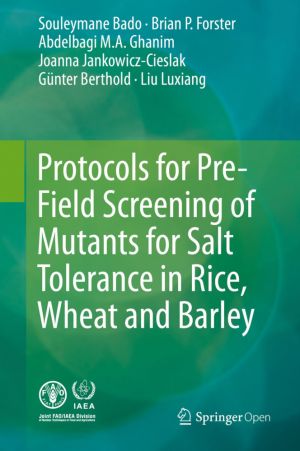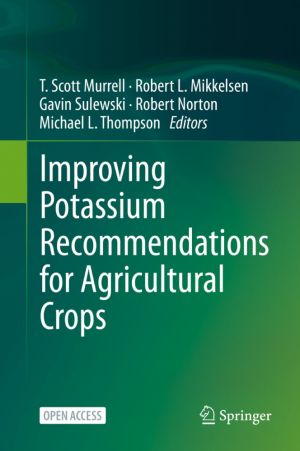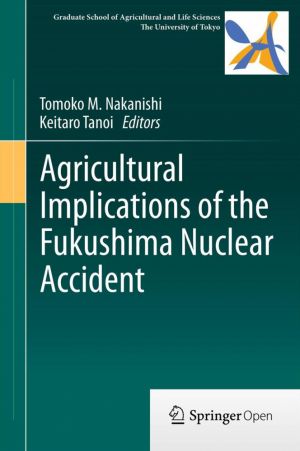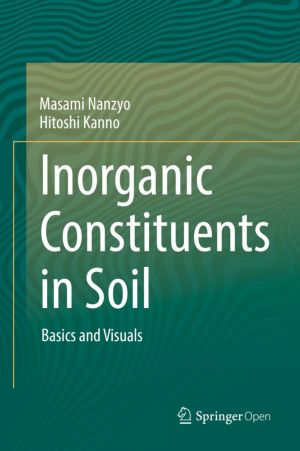Inorganic Constituents in Soil
Basics and Visuals
by Masami Nanzyo, Hitoshi Kanno
DescriptionDetailsHashtagsReport an issue 






Book Description
This book is a must-read for students of and beginners in soil science. In a well-organized and easy-to-follow manner, it provides basic outlines of soil minerals, new methods and recent developments in the field, with a special focus on visual aids. The chapters on primary minerals, secondary minerals, non-crystalline inorganic constituents and inorganic constituents sensitive to varying redox conditions will help readers understand the basic components of soils. Further, readers are introduced to new analytical methods with the aid of microscopy and recent developments in the field. Uniquely, the book features case studies on the identification and isolation methods for vivianite crystals from paddy field soils, as well as a identical procedure for identifying noncrystalline constituents such as volcanic glasses and plant opals, which can also be applied to other soils depending on the local conditions. Given its focus and coverage, the book will be useful to all readers who are interested in agronomy, plant production science, agricultural chemistry and environmental science. In addition, it can help biogeochemists further expand their research work on the rhizosphere of wetland plant roots, iron and phosphate dynamics, etc.This open book is licensed under a Creative Commons License (CC BY). You can download Inorganic Constituents in Soil ebook for free in PDF format (14.8 MB).
Book Details
Title
Inorganic Constituents in Soil
Publisher
Springer
Published
2018
Pages
188
Edition
1
Language
English
ISBN13
9789811312137
ISBN10
9811312133
ISBN13 Digital
9789811312144
ISBN10 Digital
9811312141
PDF Size
14.8 MB
License

Related Books

This book offers a superb introduction to theoretical and practical soil mechanics. Special attention is given to the risks of failure in civil engineering, and themes covered include stresses in soils, groundwater flow, consolidation, testing of soils, and stability of slopes.
Readers will learn the major principles and methods of soil mechanics,...

This book is the first comprehensive guideline for the beryllium-7 (Be-7) technique that can be applied to evaluate short-term patterns and budgets of soil redistribution in agricultural landscapes. While covering the fundamental and basic concepts of the approach, this book distinguishes itself from other publications by offering step-by-step inst...

This book offers effective, low-cost and user-friendly protocols for the pre-field selection of salt-tolerant mutants in cereal crops. It presents simple methods for measuring soil salinity, including soil sampling and the analysis of water-soluble salts, and describes a detailed, but simple, screening test for salt tolerance in rice, wheat and bar...

This book overviews environmental issues 4 years after the Fukushima nuclear accident, covering a wide range of areas related to radiation and radioactivity. The topics discussed are necessary to make clear the relationship between the results of research and Fukushima's revitalized future. The chapters are divided into four parts: Part 1 pres...

This open book highlights concepts discussed at two international conferences that brought together world-renowned scientists to advance the science of potassium (K) recommendations for crops. There was general agreement that the potassium recommendations currently in general use are oversimplified, outdated, and jeopardize soil, plant, and human h...

Following the Fukushima nuclear accident, a large volume of monitoring data has been collected about the soil, air, dust, and seawater, along with data about an immense number of foods supplied to the market. Little is known, however, about the effect of radioactive fallout on agriculture, information about which is vital. Although more than 80% of...

